 I’m a big fan of B. Chris Bell’s film-noirish, pulp fiction stories, and his wonderful novel, Tales of the Bagman Volume 1, The Bagman Vs The World’s Fair, and Tales of the Bagman, Volume 3, all published by Airship27 Productions (and previously reviewed by me here at Black Gate.) So I jumped at the first chance I had to read his excellent, and very hard to pigeon-hole, Bipolar Express. Now, when I say it’s hard to pigeon-hole, I mean it. You can’t slap a label on this one, folks. But I will say this — it’s an important novel: serious, with that element of scary realism, gallows humor and touch of madness that will keep you laughing while the story shakes you up.
I’m a big fan of B. Chris Bell’s film-noirish, pulp fiction stories, and his wonderful novel, Tales of the Bagman Volume 1, The Bagman Vs The World’s Fair, and Tales of the Bagman, Volume 3, all published by Airship27 Productions (and previously reviewed by me here at Black Gate.) So I jumped at the first chance I had to read his excellent, and very hard to pigeon-hole, Bipolar Express. Now, when I say it’s hard to pigeon-hole, I mean it. You can’t slap a label on this one, folks. But I will say this — it’s an important novel: serious, with that element of scary realism, gallows humor and touch of madness that will keep you laughing while the story shakes you up.
This is a novel of truths and wisdom that casts an observant eye on a certain segment of society many of us don’t like to think about: alcoholics, drug addicts, rehab centers and asylums. Bipolar Express has much in common with The Man with the Golden Arm, The Lost Weekend, and Trainspotting, with a macabre touch of Philip K. Dick to add a whole other level to the novel. It’s a “scare you straight,” post-apocalyptic story with a science fiction element that I won’t spoil for you: is what’s happening to the characters reality? Or is it all a shared hallucination? This would make one hell of a freaking movie! It’s also quite a wild ride. I’m not even sure how to tell you about it. So first I’m going to tell what Chris says about it, and then I’m just going wing it from there.
A misdiagnosed mentally ill man spends thirty days in a mental institution. Four years later he finds himself rescued from his own destructive impulses by his fellow patients, who inform him that the magnetic poles have begun to shift, just as they have every 250,000 years. Regardless of the truth, now he’s trying to survive the worst winter in Chicago history along with his mentally ill friends, a man with no fingers, and a cannibal dog. And, if the cold, starvation and illness don’t kill him, there’s a gang roving the city that will. Along the way he’ll discover magnetism affects the behavior of birds, elephants, ants, even humans. And then there are those ‘radioactive’ rays in the sky… this is a novel about failure, redemption, and the end of a world.
Okay, now it’s my turn. And whether or not you think I’m writing in any sort of logical order is your problem.
…
Read More Read More
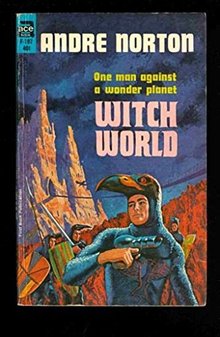 I don’t think there is any one today who doesn’t know that Andre Norton was really Alice Mary Norton, which makes her portrayal of female characters more interesting than it would be otherwise. Much of her fiction was written prior to the politicization of the feminist movement (or at least widespread public awareness of it) so it isn’t surprising that in many respects her characters reflect the traditional, male-centric, social attitudes that we would expect from that time period.
I don’t think there is any one today who doesn’t know that Andre Norton was really Alice Mary Norton, which makes her portrayal of female characters more interesting than it would be otherwise. Much of her fiction was written prior to the politicization of the feminist movement (or at least widespread public awareness of it) so it isn’t surprising that in many respects her characters reflect the traditional, male-centric, social attitudes that we would expect from that time period.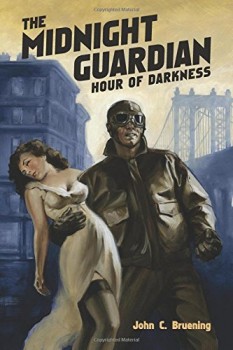
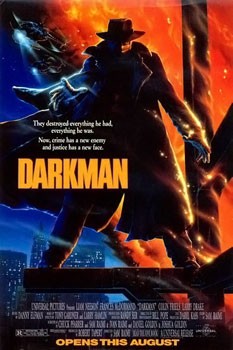

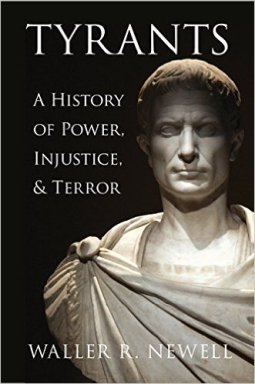
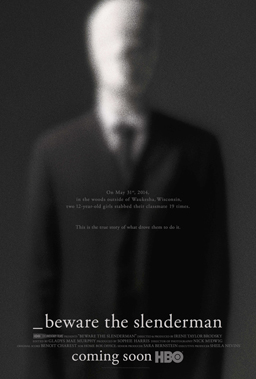 Sunday, July 17, began early for me. I went down to the Hall Theatre to watch Parasyte: Part 2 (I’ve written about it
Sunday, July 17, began early for me. I went down to the Hall Theatre to watch Parasyte: Part 2 (I’ve written about it 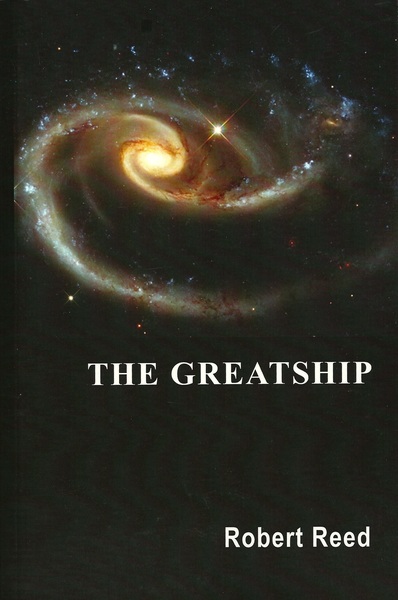
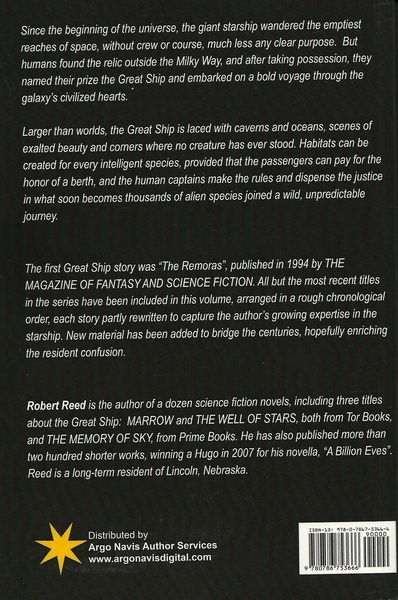

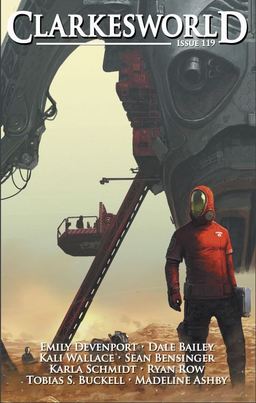
 Saturday, July 16, began early for me. I headed downtown to the Hall Theatre for an 11:05 showing of Parasyte: Part 1 (Kiseiju), the first instalment of a Japanese science-fiction–horror duology. After that I planned to head to the festival screening room; I hoped to see La Rage du Démon (Fury of the Demon), a French horror mockumentary that mixes film pioneer Georges Méliès, occultism, and legends of mass hysteria into the story of a cursed silent movie. Then I’d head back to the Hall for a showing of For the Love of Spock, a documentary about Leonard Nimoy and his most famous role, hosted by the director, Nimoy’s son Adam. I’d wrap up the night with Terraformars, a science-fiction film directed by Takashi Miike about humans battling genetically-modified cockroaches on the surface of Mars. Miike would be present to host a question-and-answer session and receive Fantasia’s Lifetime Achievement Award.
Saturday, July 16, began early for me. I headed downtown to the Hall Theatre for an 11:05 showing of Parasyte: Part 1 (Kiseiju), the first instalment of a Japanese science-fiction–horror duology. After that I planned to head to the festival screening room; I hoped to see La Rage du Démon (Fury of the Demon), a French horror mockumentary that mixes film pioneer Georges Méliès, occultism, and legends of mass hysteria into the story of a cursed silent movie. Then I’d head back to the Hall for a showing of For the Love of Spock, a documentary about Leonard Nimoy and his most famous role, hosted by the director, Nimoy’s son Adam. I’d wrap up the night with Terraformars, a science-fiction film directed by Takashi Miike about humans battling genetically-modified cockroaches on the surface of Mars. Miike would be present to host a question-and-answer session and receive Fantasia’s Lifetime Achievement Award.